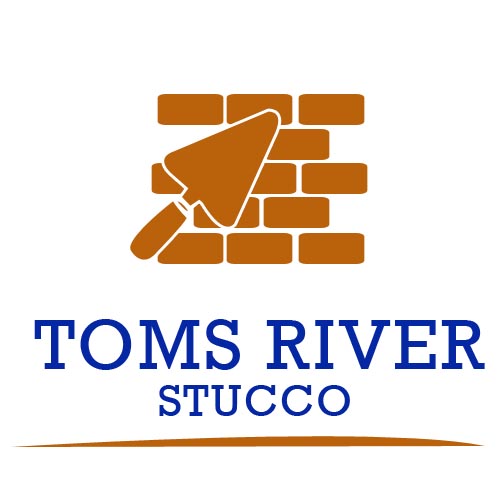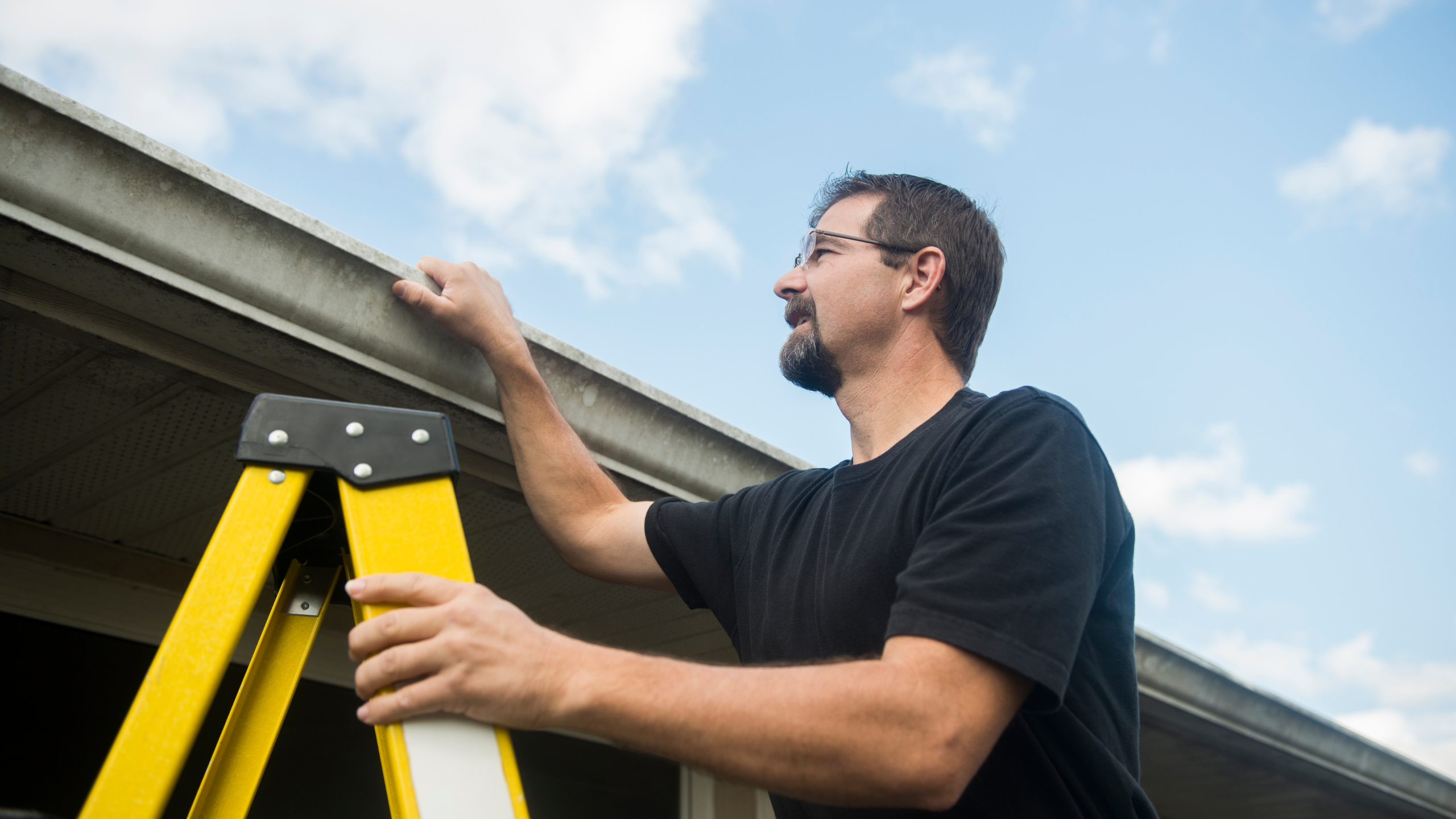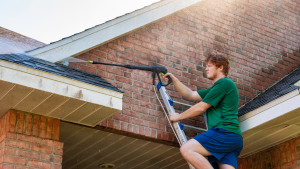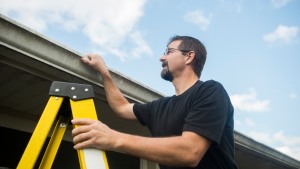Stucco remains a popular choice for exterior finishes due to its enduring appeal and durability. However, like any construction material, stucco requires regular attention and maintenance to uphold its integrity and longevity. Our guide offers invaluable insights into stucco inspection and repair, serving as a resource for homeowners aiming to protect their property investments.
At Toms River Stucco Contractor, we specialize in delivering a diverse range of stucco and construction services tailored to the needs of both residential and commercial buildings in Toms River, NJ. Allow us to guide you through selecting the ideal system and options for your property. We eagerly await the opportunity to meet and collaborate with you!
Understanding Stucco Repair
Before delving into stucco inspection, it’s essential to grasp the essence of stucco repair. This process involves addressing any damage or deterioration to the stucco surface that compromises its structural stability and aesthetic appeal. Common repairs include filling cracks, patching holes, and addressing areas where the stucco has deteriorated or chipped away. These repairs are crucial for preventing water infiltration and halting the progressive degradation of the stucco system.
How to Inspect a Stucco House
Inspecting a stucco-clad residence requires meticulous attention to detail and familiarity with common issues affecting stucco exteriors. Here’s a systematic approach to conducting a thorough stucco inspection:
1. Visual Inspection: Begin by carefully examining the stucco surface for signs of wear and tear. Look for cracks, holes, or areas where the stucco has become damaged or detached. These imperfections not only detract from the visual appeal but also serve as potential entry points for moisture, which can exacerbate deterioration over time.
2. Moisture Assessment: Conduct a comprehensive moisture assessment, watching for discoloration, staining, or efflorescence (white, powdery deposits). These indicators may suggest underlying issues such as water intrusion or inadequate drainage, which can compromise the integrity of the stucco system.
3. Focus on Vulnerable Areas: Pay particular attention to vulnerable areas around windows, doors, and other openings. These areas are prone to cracking and damage due to temperature variations and require careful inspection to identify potential issues early on.
4. Professional Evaluation: If significant damage is detected or if there is uncertainty about the extent of the problem, it’s advisable to seek the expertise of a professional stucco inspector. A qualified inspector can conduct a thorough evaluation, accurately assess the situation, and recommend appropriate repair methods tailored to your specific needs. Investing in a professional evaluation ensures that underlying issues are addressed effectively, safeguarding the longevity and integrity of your stucco exterior.
The Ultimate Guide to Stucco Inspection
Stucco inspections are essential for preserving the integrity and longevity of your home’s exterior. Beyond cosmetic concerns, these inspections serve as proactive measures to prevent costly repairs and structural damage. By conducting inspections at regular intervals, homeowners can Recognize little problems and take action before they get worse thereby extending the lifespan of the stucco exterior and maintaining the structural integrity of the building envelope. Additionally, timely intervention can mitigate moisture intrusion, a leading cause of structural problems such as wood decay and mold growth. Investing in routine stucco inspections is a prudent strategy that protects your home and saves you from the inconvenience and expense of major repairs in the future.
Types of Stucco Inspections
Stucco inspections encompass various approaches tailored to address different concerns and levels of scrutiny. Understanding these inspections is crucial for effective stucco maintenance:
1. Routine Inspections: These regular examinations, typically conducted annually or biannually, form the foundation of stucco maintenance. They involve a comprehensive visual assessment of the stucco surface to identify any signs of damage or deterioration. Routine inspections enable homeowners to stay ahead of potential issues, allowing for timely intervention to prevent minor problems from escalating into major repairs.
2. Specialized Inspections: Specialized inspections are necessary in certain situations, such as suspected moisture intrusion or structural concerns. These assessments delve deeper into specific areas of concern, employing advanced techniques and expertise. Professional stucco inspectors use specialized tools and methods, such as moisture meters or thermal imaging cameras, to identify hidden issues. Specialized inspections provide a more thorough evaluation, enabling homeowners to address underlying issues effectively and implement targeted solutions tailored to their stucco system’s needs.
Hiring a Professional Stucco Inspector
While homeowners can conduct visual inspections independently, engaging a professional stucco at Toms River Stucco Contractor inspector offers numerous benefits. With specialized expertise and tools, a qualified inspector can uncover hidden issues that may elude untrained eyes. Moreover, they can provide precise recommendations for repairs or maintenance based on their thorough assessment, ensuring comprehensive care for your stucco exterior.
Conclusion
Stucco inspection and repair are essential responsibilities for homeowners, particularly those with stucco exteriors. Through regular inspections and prompt resolution of issues, and preserving the building’s structural integrity enduring elegance and strength of stucco over the years. Vigilance is key in stucco maintenance, as addressing minor repairs promptly can prevent significant challenges in the future, ensuring the long-term resilience and appeal of your stucco-clad home.




